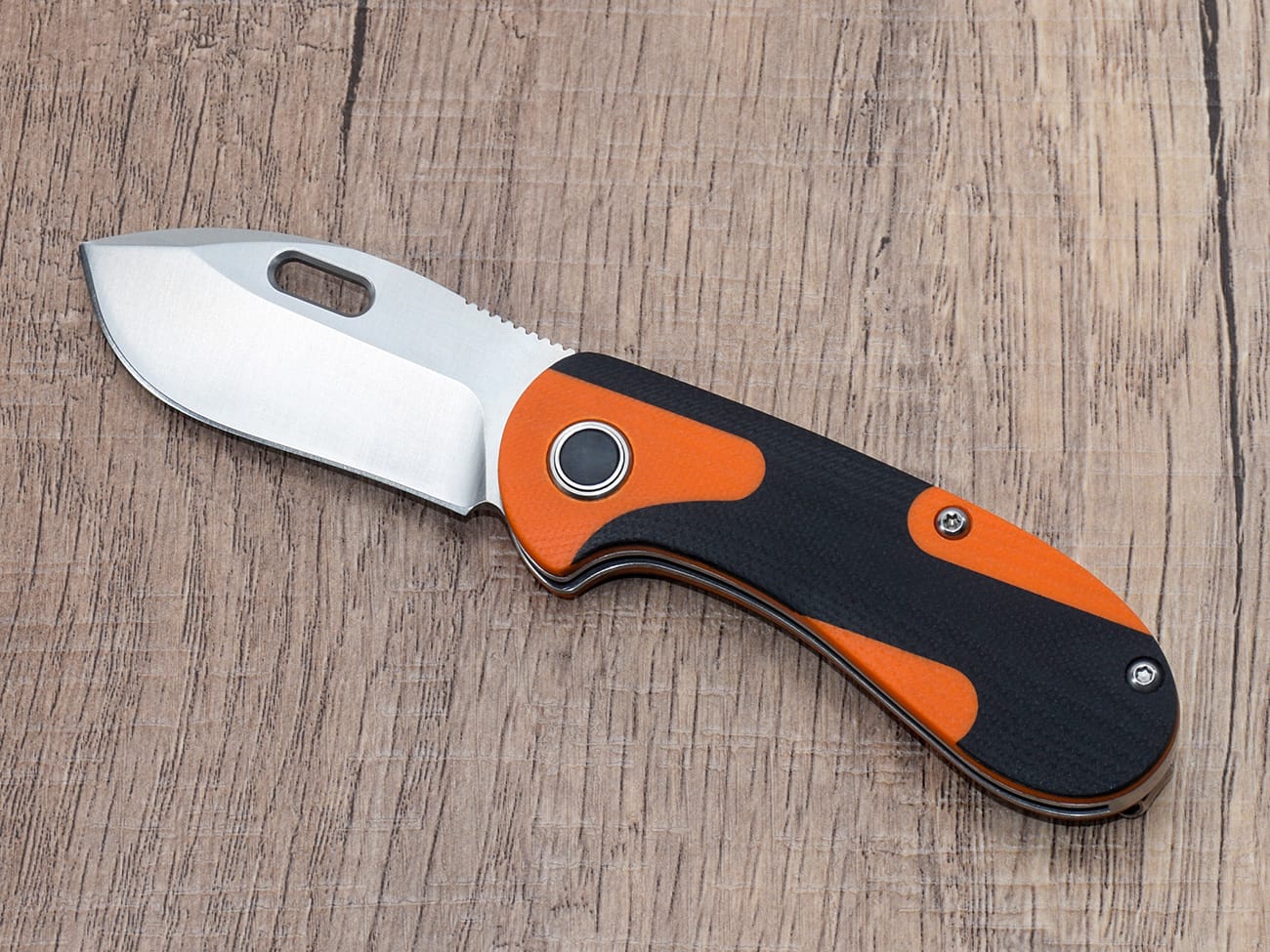Making a lockback folding knife is a rewarding project that combines craftsmanship, precision, and creativity. This comprehensive guide will walk you through the entire process of creating your own custom folder with a reliable lock back mechanism. Whether you’re a beginner or experienced knife maker, this article provides detailed steps and expert tips to help you craft a functional and beautiful lockback folding knife.
What Tools and Materials Do You Need for Making a Folding Knife?
Before starting your knife making journey, gather these essential items:
- High-quality blade steel (carbon steel or stainless steel)
- Handle materials (wood, G10, or micarta handle)
- Lock bar material
- Pivot hardware
- Spacers
- Files and sandpaper
- Drill press
- Belt grinder
- Bench grinder
- Basic hand tools
Understanding the Lockback Mechanism: How Does It Work?
The lockback mechanism is one of the most reliable knife locking systems. The back lock consists of a spring-loaded bar that engages with a notch in the tang of the blade. When the blade is opened, the lock bar catches the notch, securing the blade in place. To close the blade, you press the exposed portion of the lock bar to disengage it.

Step-by-Step Guide to Making Your First Lockback Folder
Step 1: Design and Template Creation
Begin by creating a detailed design of your knife. Consider these key elements:
- Blade length and shape
- Handle ergonomics
- Lock bar placement
- Blade materials selection
Step 2: Blade Preparation and Grinding
- Cut out the blade shape from your chosen steel
- Grind the blade profile
- Create the tang and lock notch
- Heat treat the blade for durability
Step 3: Creating the Lock Mechanism
The lock bar is crucial for proper function:
- Cut and shape the lock bar
- Create the pivot hole
- Test fit with the blade
- Ensure smooth operation
How to Properly Heat Treat Your Blade?
Heat treating is essential for blade performance:
- Heat the blade to critical temperature
- Quench appropriately
- Temper to desired hardness
- Test the results
Essential Tips for Handle Construction
Handle assembly requires attention to detail:
- Choose appropriate handle materials
- Create precise pin holes
- Install spacers correctly
- Shape and finish the handles
Common Mistakes to Avoid When Making a Folding Knife
- Incorrect pivot hole alignment
- Poor lock bar fitting
- Inadequate blade centering
- Improper heat treatment
How to Test Your Lockback Mechanism?
Test these aspects thoroughly:
- Lock engagement
- Smooth opening/closing
- Blade centering
- Lock bar tension
Final Assembly and Finishing Touches
- Clean all components
- Assemble with proper hardware
- Adjust pivot tension
- Apply final finish
Maintenance Tips for Your New Knife
Keep your knife in top condition:
- Regular cleaning
- Proper lubrication
- Lock mechanism maintenance
- Edge maintenance
Safety Considerations and Best Practices
Always prioritize safety:
- Use appropriate protective gear
- Follow proper heat treating procedures
- Test lock mechanism thoroughly
- Handle tools safely
Key Points to Remember:
- Take your time with precise measurements
- Test fit components frequently
- Pay attention to lock bar geometry
- Ensure proper heat treatment
- Focus on smooth operation
- Maintain clean working surfaces
Conclusion
Creating a lockback folding knife requires patience, precision, and attention to detail. Follow these steps carefully, and you’ll be able to craft a reliable and functional knife. Remember that practice makes perfect, and each knife you make will be better than the last.
Important Takeaways:
- Careful planning is essential
- Precision in lock mechanism fitting
- Proper heat treatment is crucial
- Testing and adjustments are vital
- Safety should always come first
- Regular maintenance ensures longevity
Check out our collection of custom folding knives for inspiration and ideas for your next project.




